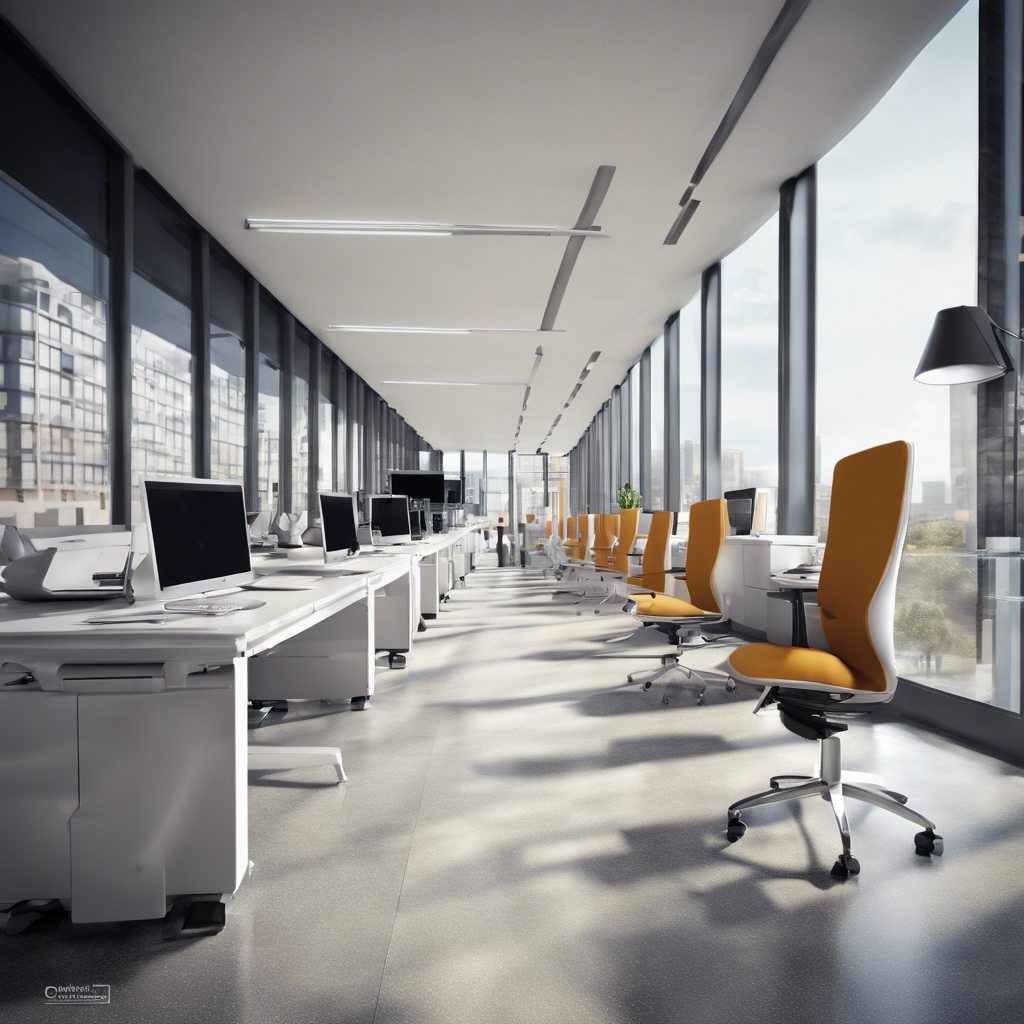In today's ever-evolving workplace environment, office design trends play a crucial role in shaping the way we work. Innovative concepts such as collaborative spaces, ergonomic offices, and biophilic designs are revolutionizing the traditional workplace setup. Let's explore these trends and how they are reshaping the modern office landscape.
1. Collaborative Spaces: Fostering Creativity and Teamwork
Collaborative spaces are no longer just a trendy concept but a fundamental aspect of modern office design. These spaces are meticulously crafted to encourage interaction, creativity, and idea-sharing among employees. By breaking down physical barriers and promoting open communication, collaborative spaces boost teamwork and collective productivity. From cozy breakout areas to vibrant brainstorming zones, these spaces are designed to inspire collaboration and innovation.

2. Ergonomic Offices: Prioritizing Employee Well-being
An ergonomic office is more than just a stylish workspace; it prioritizes the well-being and comfort of employees. Ergonomic furniture, adjustable desks, and proper lighting are key elements of these offices, promoting good posture, reducing physical strain, and enhancing overall work quality. By investing in ergonomic design, companies show their commitment to employee health and productivity, creating a workspace that nurtures both physical and mental wellness.
3. Biophilic Offices: Bringing Nature Indoors
Incorporating biophilic design elements into office spaces has gained popularity due to their positive impact on employee well-being and productivity. Biophilic offices integrate natural elements such as plants, natural light, and green walls to create a harmonious and refreshing environment. These spaces not only enhance aesthetics but also reduce stress, boost creativity, and improve air quality. By connecting employees with nature indoors, biophilic offices promote a sense of tranquility and rejuvenation.
Why These Trends Matter: Enhancing Workplace Culture and Performance
The implementation of collaborative, ergonomic, and biophilic designs goes beyond aesthetic appeal; it transforms the workplace culture and enhances overall performance. Employees in such environments feel more engaged, motivated, and connected to their work. The physical surroundings directly impact employee satisfaction, retention, and productivity, making these design trends essential for creating a thriving and dynamic workplace.
Looking Ahead: the Future of Office Design
As we move towards a future where flexibility and adaptability are paramount, office design trends will continue to evolve. The integration of smart technology, sustainable practices, and remote workspaces will shape the next generation of office environments. By staying abreast of these developments and embracing innovative design concepts, companies can create workspaces that inspire creativity, foster well-being, and drive success in the ever-changing business landscape.
Conclusion: Building the Workplace of Tomorrow
In conclusion, the shift towards collaborative spaces, ergonomic offices, and biophilic designs marks a significant transformation in office design philosophy. By recognizing the importance of employee well-being, creativity, and sustainability, businesses can create work environments that not only reflect their values but also enhance productivity and innovation. Embracing these trends is not just about keeping up with the times; it's about building a workplace that empowers employees, nurtures talent, and drives success in the digital age.
In the dynamic realm of office design, the journey towards innovation and excellence never ends. By embracing trends that prioritize people, the future of workspaces holds limitless possibilities for growth, creativity, and success.
Remember, your office space is not just a physical location; it's a living, breathing ecosystem where ideas flourish and dreams take flight.
Let's design the future together.
Comments